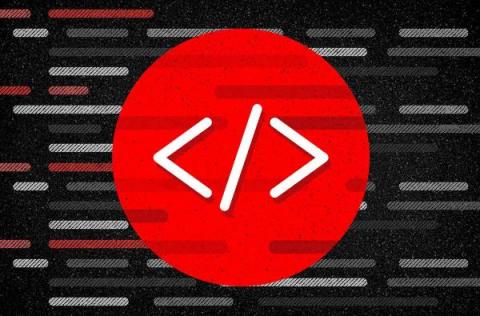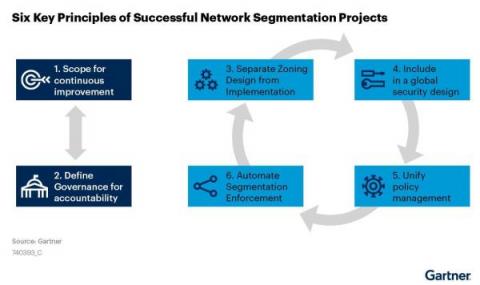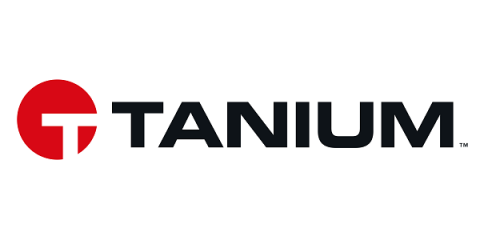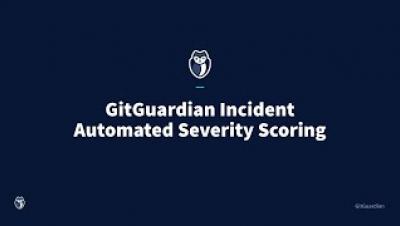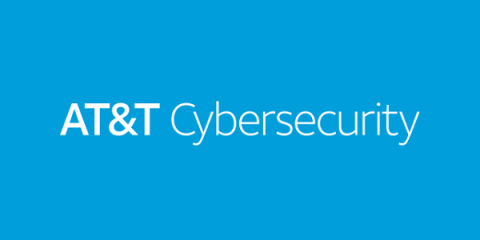CrowdStrike and Dell: Making Cybersecurity Fast and Frictionless
Cybersecurity is often about making progress: Progress in the way organizations procure, deploy and manage software; in the new skills and techniques teams acquire to run their cybersecurity programs; and in stopping breaches to protect hard-earned productivity gains.



